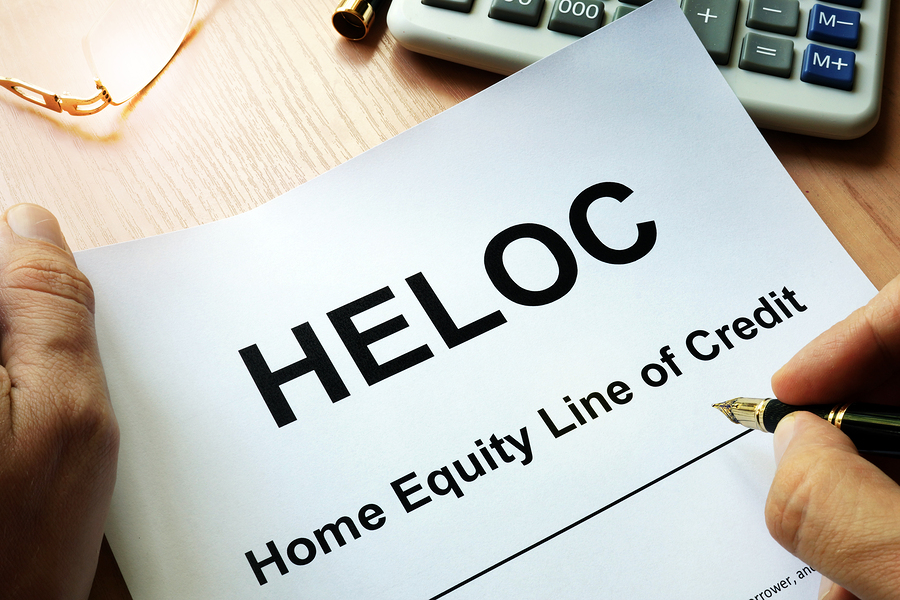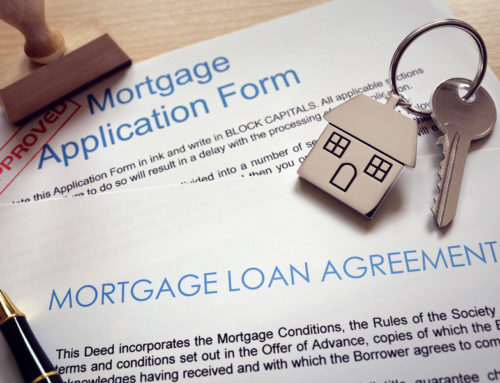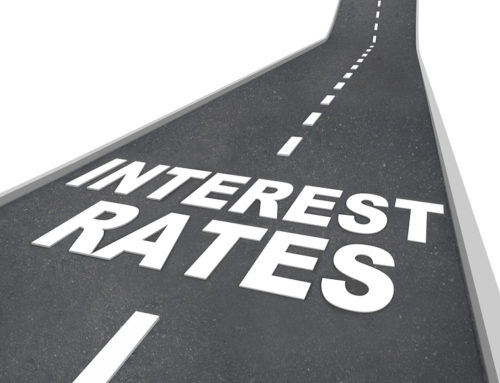| I have people coming to me regularly saying they would like to add a Home Equity Line of Credit (HELOC) to their mortgage. The first thing I’ll usually ask is the reason for needing it. While having it’s advantages, adding a HELOC to your mortgage also has it’s disadvantages as well. This is why it is important to determine WHY you need the HELOC.
The advantages are fairly clear. You have access to additional funds whenever you need them. Plus, they are most often at rates that are far lower than what you would expect from an unsecured line of credit or credit card. There are also options to have the limit of the HELOC automatically increase as the mortgage is paid down. The disadvantages on the other hand are not quite as clear, and unfortunately, they don’t always get explained to people, or even be mentioned for that matter. The biggest disadvantage is that your mortgage will get registered a collateral charge, which can affect your ease of switching lenders at the end of your term. This can lead to potentially higher rates, as well as additional fees that could otherwise be avoided. Let me further explain. Usually at the end of your term, you can switch your mortgage to another lender with no charge to you other than the discharge fee from your previous lender (usually around $300). There are legal fees as well, however they are covered up by the lender. With a collateral charge mortgage, it’s not quite as easy. Some lenders will flat out not accept switches from a collateral charge mortgage, meaning you would only be able to proceed as a refinance. With refinancing, you’ll usually pay a higher rate, plus you’ll be on the hook for the legal and appraisal fees as well. That’s in addition to the discharge fee. Total estimated costs are around $1,400. Fortunately, there are now some lenders who are offering switches from collateral mortgages at their lowest discounted rates. In some cases, they may even cover the legal and appraisal fees for you, however, this would typically come at a slightly higher rate than it would be if you were to pay the legal fee yourself (usually around $800). In many cases, it works out to be cheaper to pay the legal fee to get the lower rate. Of course, it depends on your current balance. There is a way to avoid the collateral charge on the mortgage and still have a HELOC. This could be achieved by setting the HELOC up as a separate charge. That is, a completely separate registration from the mortgage as opposed to having them registered together. Adding a HELOC this way can be done at any time and does not need to be done at the time you get your mortgage. Legal and appraisal fees would apply which usually run around $1,100 in total. So realy, you can’t get away from the fees either way. There is one lender that will generally cover these costs for you, however they have a $17 per month fee attached to it. So you’re still paying the cost… it’s just stretched out as opposed to paying it all up front. Lenders who offer HELOCs are quite limited, and of the ones that do, many will only issue them if it’s behind their own mortgage. There are lenders however who will offer HELOCs behind just about any lender. Rate on HELOCs is pretty much the same with all lenders, with few exceptions. Prime +0.50% (3.95% currently). HELOC’s can be extremely valuable for those who need them. They can give you quick access to additional funds for whatever reason. Investments, starting a business, down payment for an investment property, taking a vacation, etc. However if you don’t feel a HELOC is something you need, then it’s best not to get one. I encounter people regularly that have HELOCs attached to their mortgage that they have never used, nor did they plan on using it when they got it. It was something offered to them by their bank that sounded good at the time, so they accepted it. Come renewal time, many are disappointed to find out that their options are more limited and that they will be facing additional costs. |








Leave A Comment